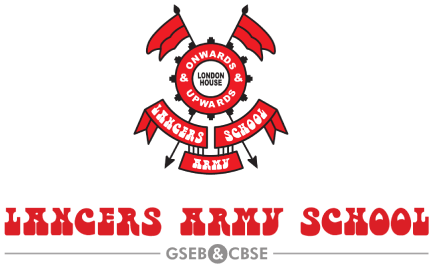
The education sector is as important as the other key players in the economy. After all, it is early childhood education that churns out talents for the continuous innovation process and economic growth. But what if students are not getting the most updated versions of their subjects? What if the market has already chalked out a new framework with the criteria for new talents and different skillsets, and our young minds are still lagging in these areas?
Enters Agile Education
Agile education is a new age early child education paradigm that is being considered by many countries and has already been implemented by some. In management theory, the term “Agile” means the ability to adapt to disruptive changes in a proactive manner and assimilate them into operations and decision making. When applied in the field of education, it means to effectively apply the principles of agile methodology to transform teaching mechanisms and the overall learning experience to establish the most updated and sought-after skills in students.
The ten principles of agile schools
- The highest priority of agile schools is to satisfy the needs of students through efficient delivery of updated and experiential learning.
- They welcome disruptive changes, even when they arise late in the cycle of learning, and harness them to transform the lives of students accordingly.
- Agile schools deliver meaningful experiential learning frequently, ranging from a couple of days to few weeks, with more inclination towards delivering them within shorter timespans.
- They advocate teamwork between school and family members and synergize their efforts to bring about quality learning.
- They motivate students and set projects according to their capabilities, provide a nurturing environment for propelling success.
- They acknowledge and utilize the fact that face-to-face conversation is the most effective means of communicating the right education.
- Agile schools educate students on the various ways of keeping pace with disruptive changes, thus preparing them for sustainable learning.
- They believe in and incorporate technical innovation and transformative designs to drive education.
- They promote and implement the concept of self-organized teams and bring out the best from them.
- They educate teams on how to assess their current performance and devise ways on how to be more effective in the future.
3 most important agile education methodologies & how they can help
Sprints
It is a time-box-based method, where students set a specific goal and thereafter determines whether the outcome has been achieved at the end of the time-box. Just like a traditional sprint where the distance covered by participants is measured against the specified time, education sprint makes use of the same concept, but not for time and quality of work. When the students complete one task, they’re assigned to the next one following the same pattern.
How this Can Help
Introducing this technique in early childhood education helps in saving a significant amount of time by assessing each assignment at the given moment so that students get to determine their level of competency and the scope of improvement.
Stand up meetings
It is a daily team meeting where students are treated as team members and are updated regarding potential challenges and how to resolve those issues most effectively.
Questions like the following are addressed in stand up team meetings:
- What have we accomplished till now?
- What we are scheduled to deliver?
- What are the possible obstacles?
It also seeks to promote and practice follow-up conversations and resolve problems with a proactive approach.
How This Can Help
Stand-up meetings help in solving personal accountability and team communication issues and provide a unified balance of structure and continuous innovation process to deliver the best learning.
Smart classrooms
This is the technological side of agile adaptation that should be mandatorily incorporated to not only keep students updated with the latest innovations but also increase their performance efficiency. A smart classroom will include 3D whiteboard interfaces, graphical tablets, smart assessment tools, etc. intended to take the learning experience to the next level.
How this Can Help
Students would get to interact directly with the presented data on smart interfaces. The futuristic learning experience will engage and inspire them to learn more. Also, the modern database used by teachers would ensure that all the syllabi are updated as per the current socio-political and economic developments, thus making students ready to assimilate any disruptive change in the future.
Key takeaway
For any nation, students of today stand as the biggest asset for the future. An economy can only thrive if the country’s students are educated enough to learn about innovations, adapt to disruptions, and quickly acquire new skillsets; and as of now, there is perhaps no better means other than agile education that can successfully prepare students for embracing continuous innovation and transformative changes.


